Bellus Angelfish
$259.99
-
Select Variant
The Bellus Angelfish is the only angelfish displaying sexual dimorphism.
dimorphism. The male is an iridescent pale white and blue with the
The lower half of the body and anal fin are highlighted by horizontal, blue stripes. There is also a yellow to orange stripe that extends towards the caudal fin, edging the dorsal. The female is an iridescent white, blue and black with a yellow/orange lateral stripe that runs from the tail to the gills.
Bellus Angelfish should be kept as a male-female couple or small harem with one or two females in an aquarium of 125 gallons. They would also make a great addition to a deep-water reef aquarium. A dimly lit tank will facilitate acclimation, but these fishes seem well-suited to the intense lighting of modern reef aquariums. A tank should provide multiple hiding spots and live rocks for grazing. Two males should not be kept in the same tank, as this will lead to fighting.
Bellus Angelfish are hermaphroditic. They can change their sex from females to males, and even revert back into females if they are not around females. These fish are hard to breed but many experienced aquarists have observed them spawning in large aquariums.
There are many meaty options, such as
Vitamin enriched frozen brine shrimp, as well as spirulinas, marine algae preparations and high-quality angelfish dishes, mysis and frozen shrimp will provide good nutrition.
Approximate Purchase Size: Female: Small: 1" to 1-1/2";
Medium: 1-1/2" to 2-1/4"; Large: 2-1/4" to 3-1/2", Male: Small: 3" to
3-1/2", Medium: 3-1/2" to 3-3/4, Large: 3-3/4" to 5"
- Description
- Additional Information
- Reviews
Bellus Angelfish
The Bellus Angelfish, also known as Pomacanthus bellus, is unique for its sexual dimorphism. Males are iridescent pale blue and white with horizontal blue stripes on the lower body and anal fins, along with a yellow to orange stripe extending towards the caudal fin and bordering the dorsal fin. Females are iridescent pale blue-black with a yellow/orange lateral stripe and dorsal fin.Housing Requirements
- Tank Size: Best kept in a 125-gallon or larger aquarium.
- Tank Setup: Ideal for deep-water reef aquariums.
- Lighting: Initially prefer dim lighting but adapt well to bright reef aquarium lights.
- Hiding Places: Provide multiple hiding spots and ample live rock for grazing.
- Group Dynamics: Suitable as a male-female pair or a small harem with one male and several females. Avoid keeping multiple males together due to potential aggression.
Diet and Nutrition
- Diet: Primarily a planktivore, consuming zooplankton, marine algae, bryozoans, polychaetes, and other benthic invertebrates.
- Feeding: Accepts prepared frozen foods such as mysis shrimp, brine shrimp, shellfish, and Spirulina. Ensure a varied diet for optimal health.
Origin and Characteristics
- Native Region: Found in the Eastern Indian and Western Pacific Oceans, including Tahiti, Guam, Palau, Tonga, Cook Islands, Marshall Islands, Okinawa (Japan), South Indonesia, and Cocos-Keeling Atoll.
- Appearance: Males are pale blue and white with blue stripes and a yellow-orange stripe; females are blue-black with yellow/orange accents.
- Breeding: Hermaphroditic, with the ability to change sex from female to male and back if necessary. Breeding in captivity is challenging but possible.
Approximate Purchase Size:
- Female: Small: 1" to 1-1/2"
- Male: Small: 3" to 3-1/2"
LINKS to follow:
size
Large, Medium, Small
Units
1
Weight
6 lbs
Dimensions
1 × 1 × 1 in

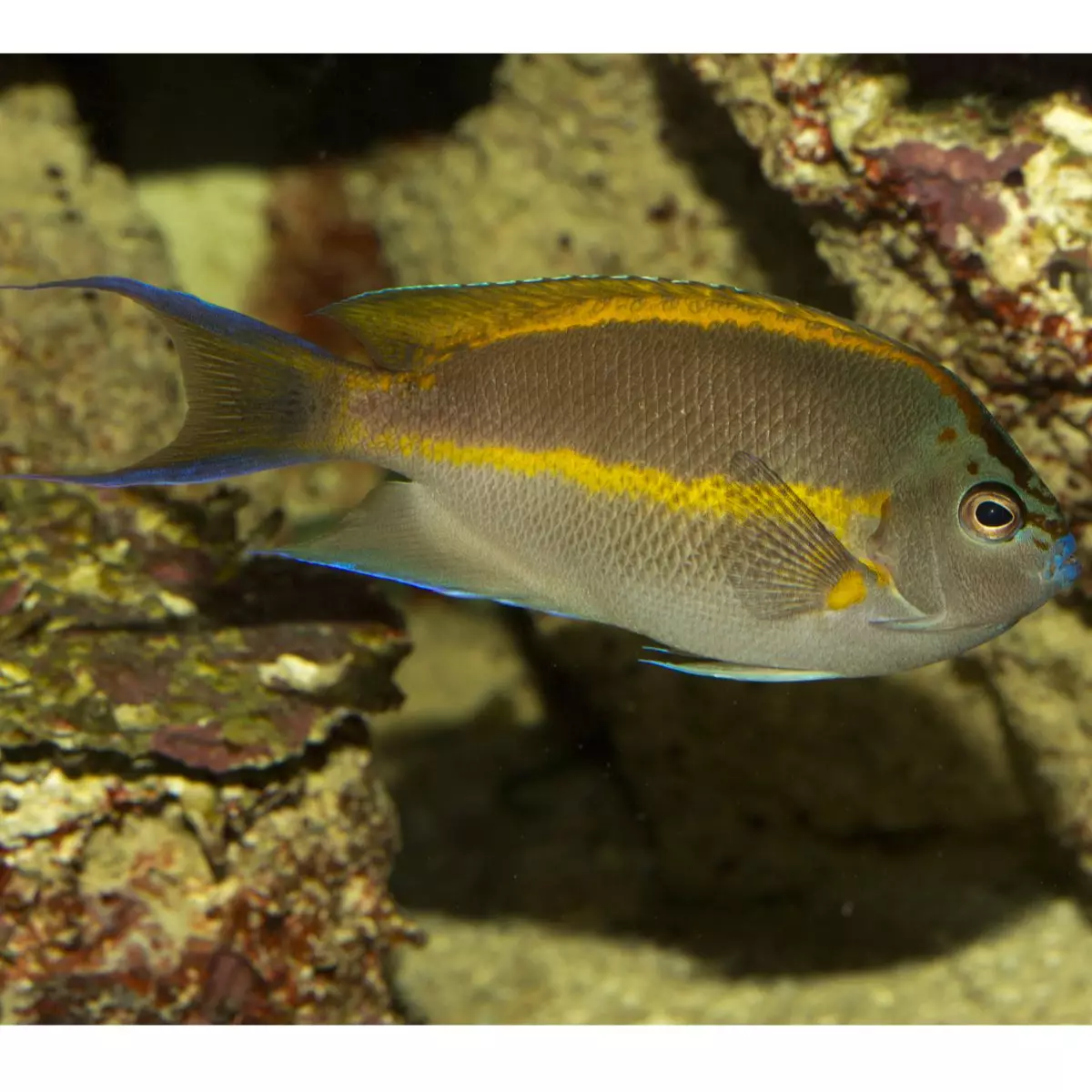
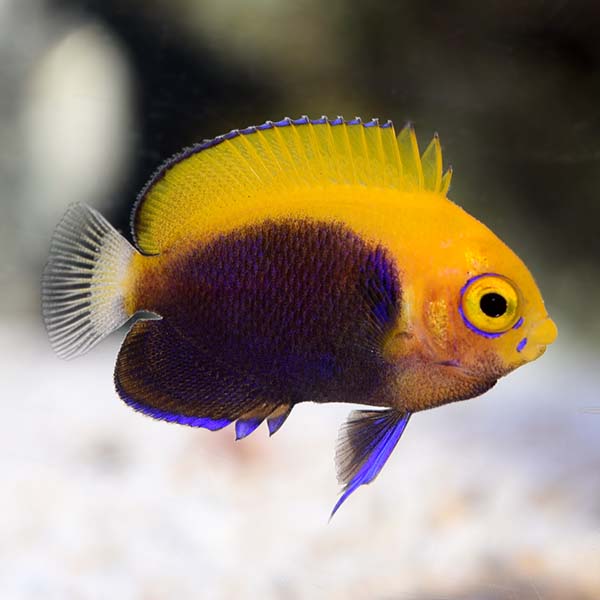
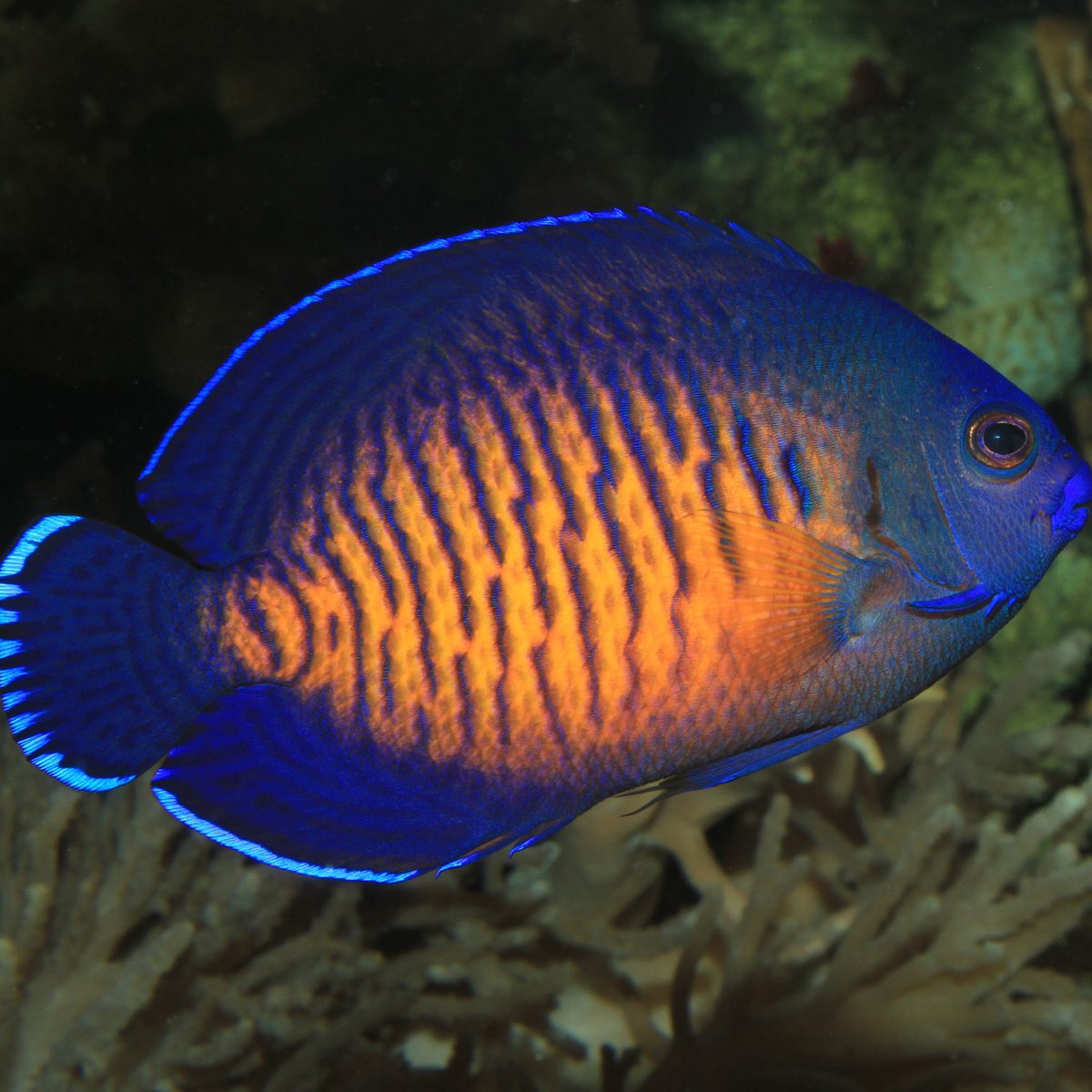
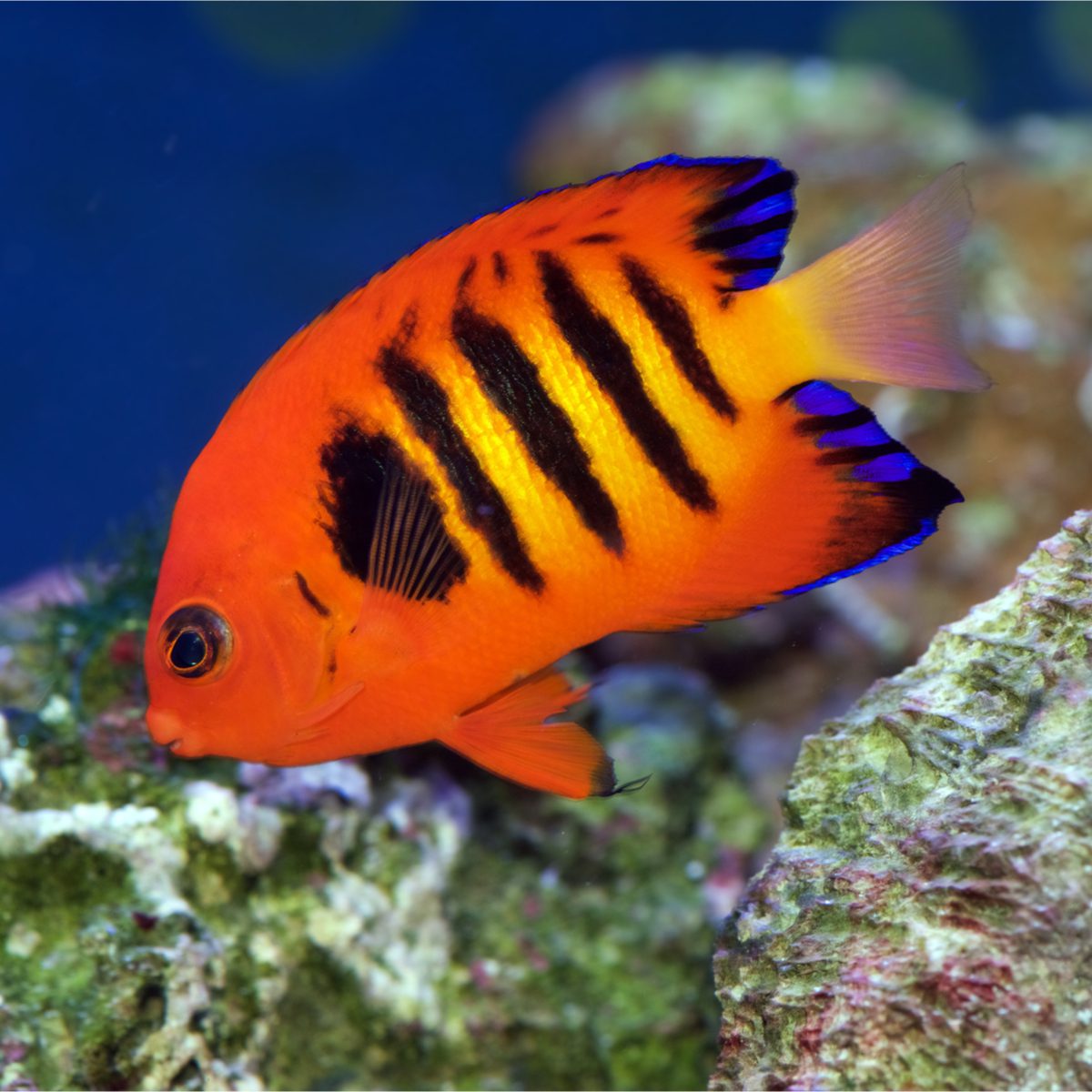

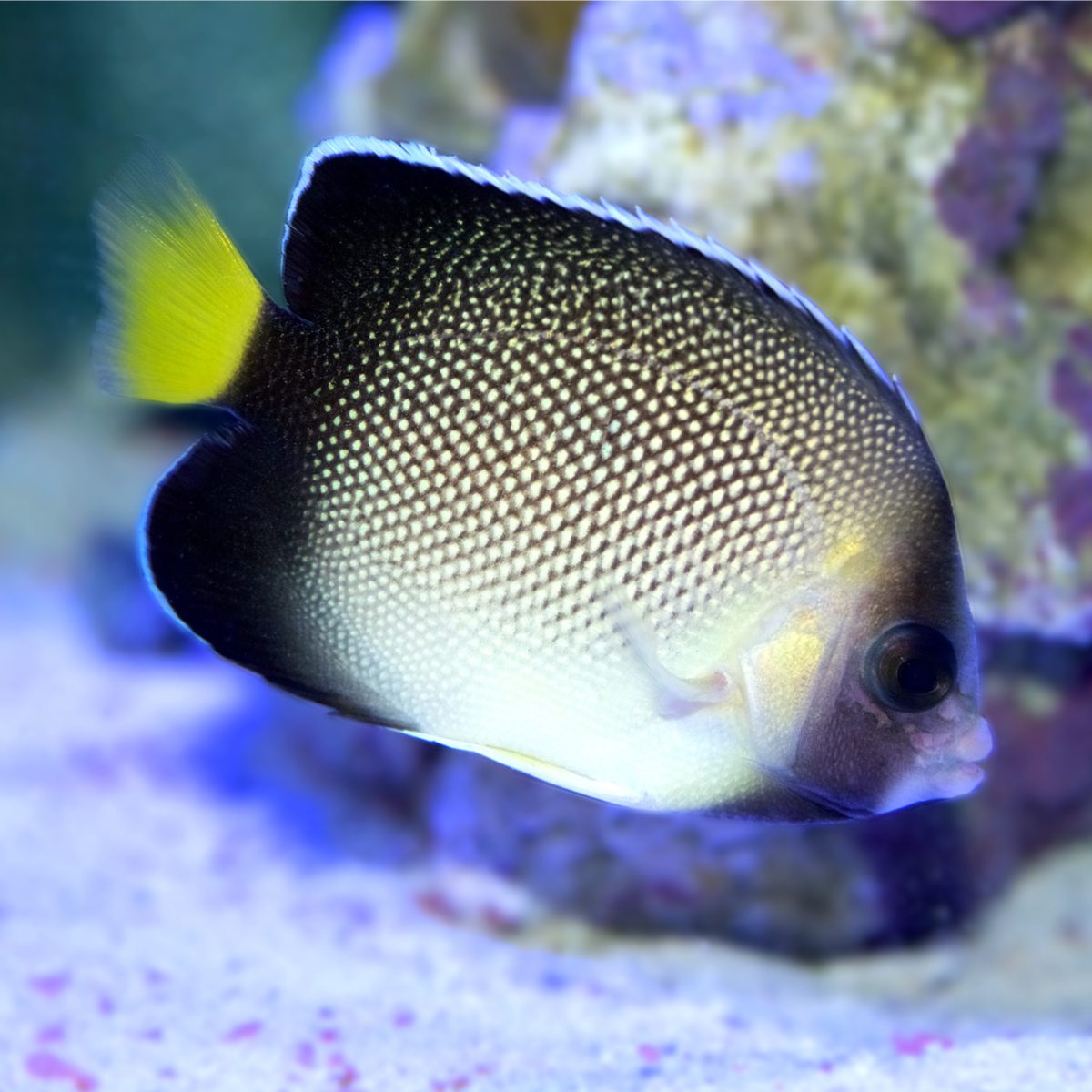
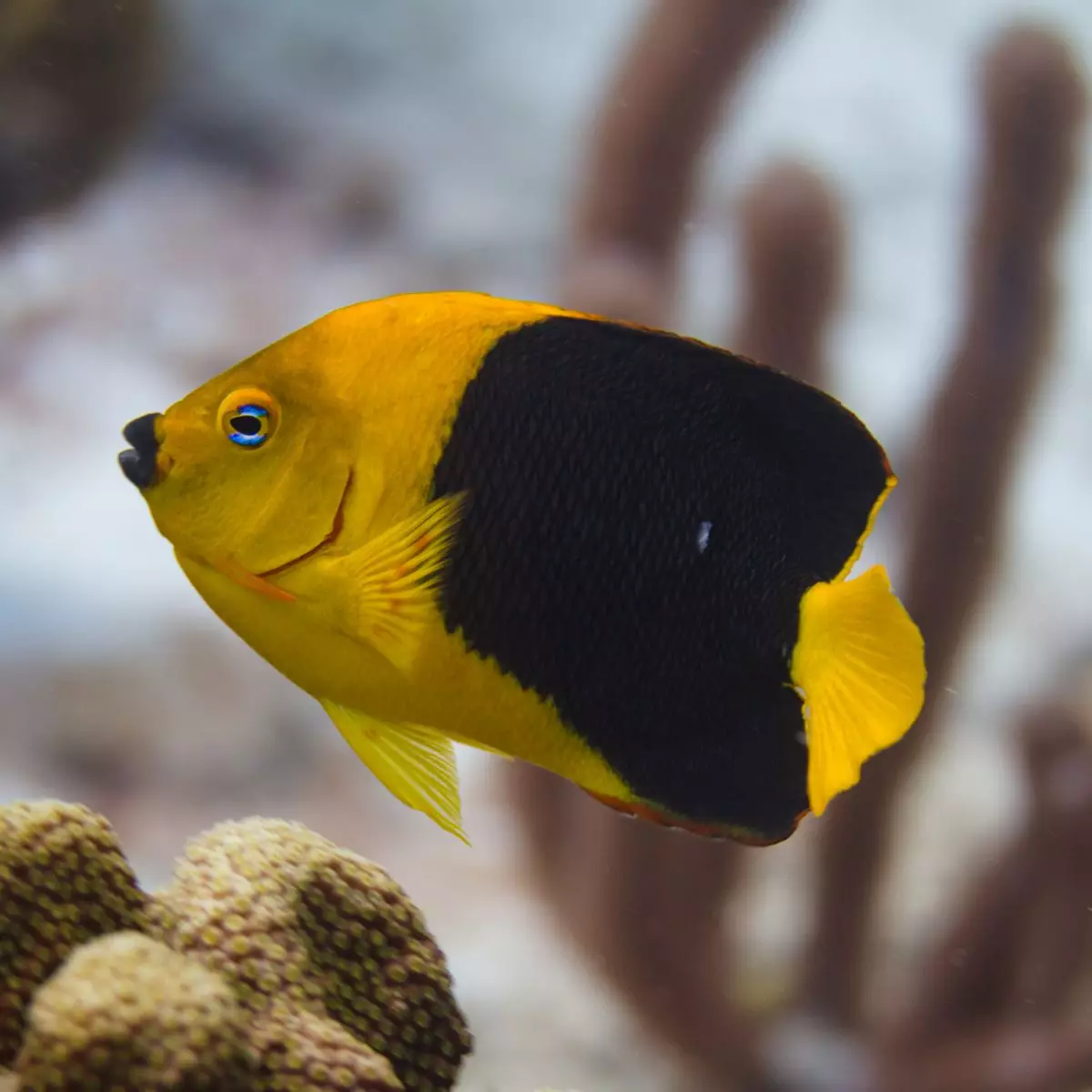
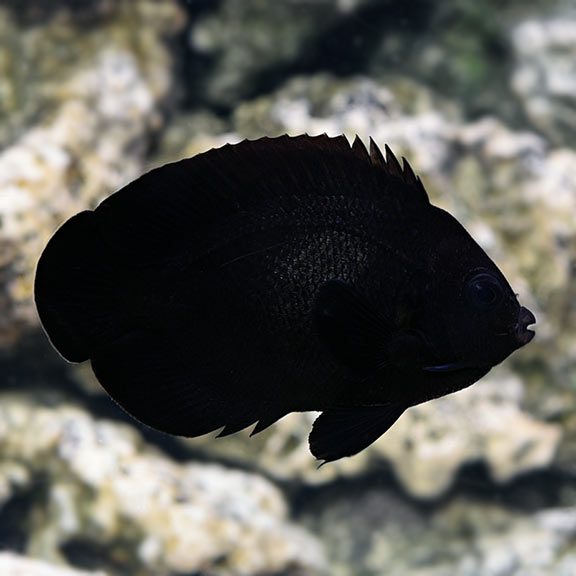
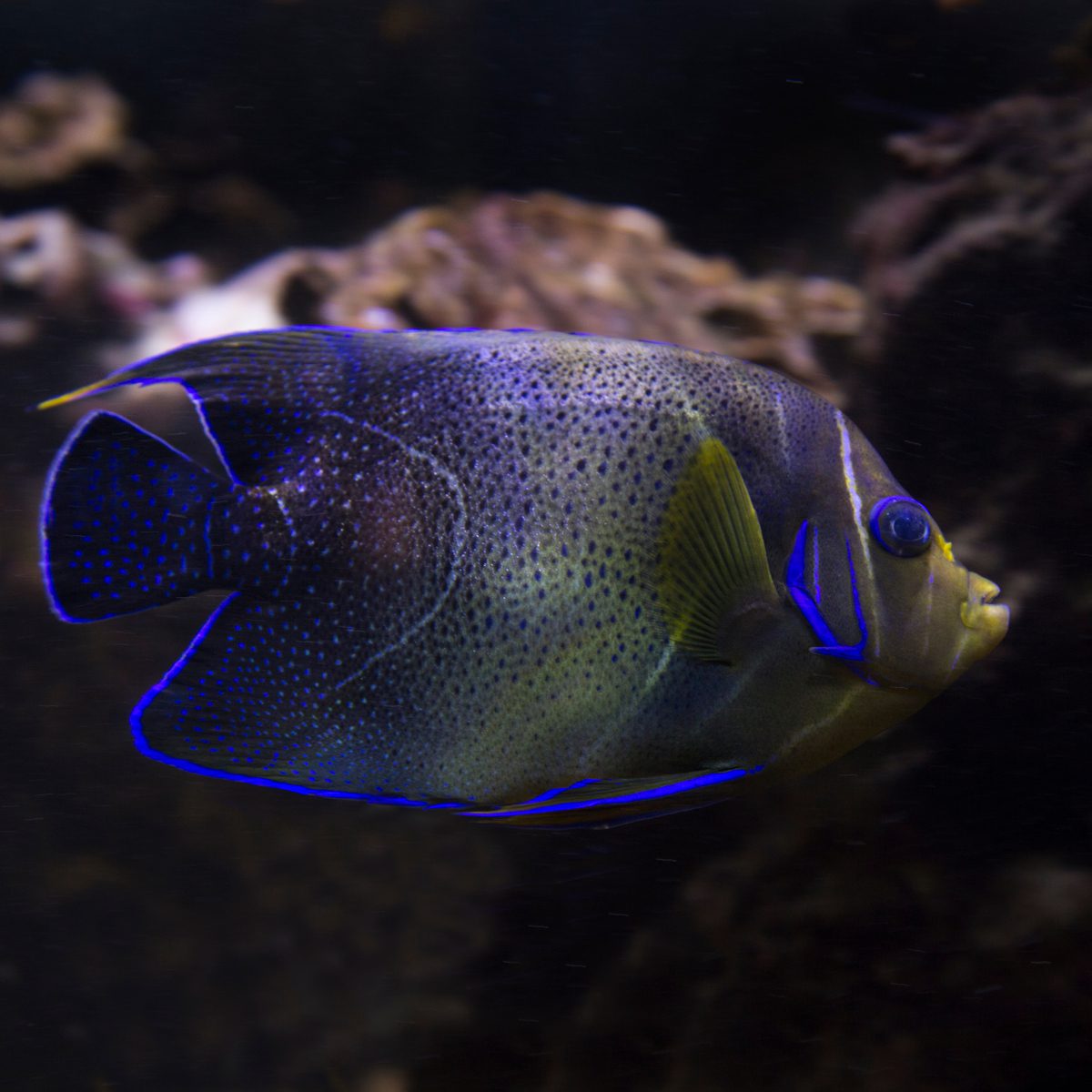

Reviews
There are no reviews yet.